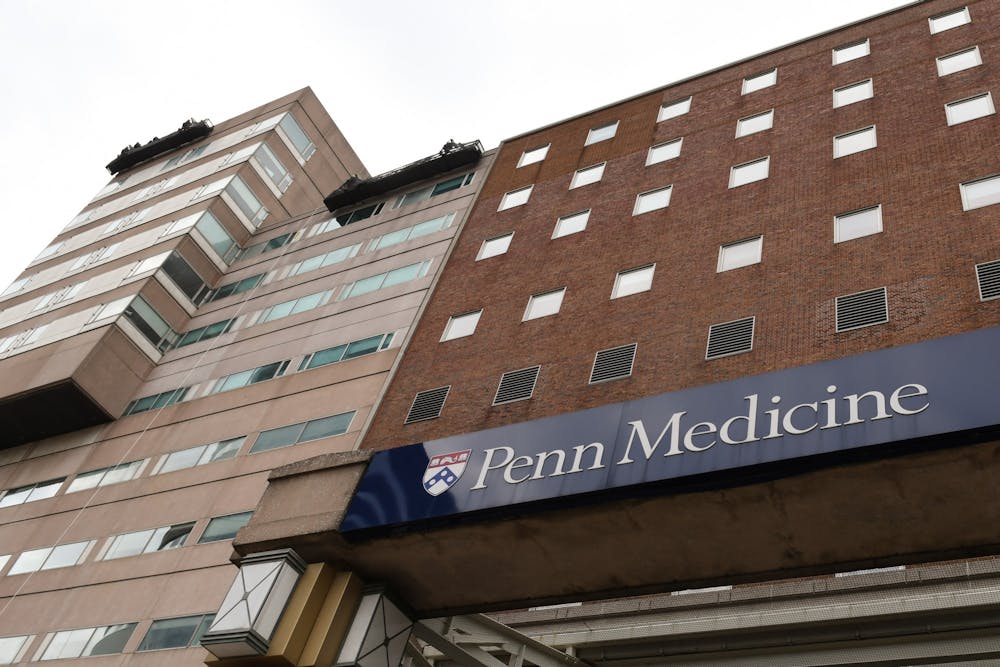
Penn Medicine has hosted one of the largest telehealth centers in the U.S. since 2018.
Credit: Sukhmani KaurPenn researchers from the Leonard Davis Institute of Health and Economics have released a study revealing disparities in telemedical care at Penn cardiological clinics.
Telemedicine has become integral to the delivery of healthcare during the pandemic. With limits placed on in-person care, healthcare providers rely on video, phone, or chat services to consult patients. Penn Medicine has hosted one of the largest telehealth centers in the U.S. since 2018.
Though telemedicine has been touted as a tool to equalize access to healthcare, the study found disparities at the local level. Among patients, non-English speakers were associated with less than a 50% telemedicine use rate. Female patients were also associated with fewer telemedicine visits. The study also found that older, Black, and female patients were more likely to use phone calls instead of video calls for visits, as well as those with income under $50,000.
“I think telemedicine definitely has the potential to lessen disparities if done in the right way, but as we start to essentially build a whole new healthcare delivery system, we want to make sure that we aren’t leaving patients behind in line,” said Lauren Eberly, one of the researchers in the study and a clinical fellow in cardiovascular medicine at Penn Medicine.
Eberly said the study pulled data from all adult patients who were scheduled for telemedicine visits at Penn’s cardiology clinics between March 16 and April 17. Researchers examined the telemedicine use of more than 2,940 patients. They compared the rate of successful telemedicine visits with the rate of canceled visits and then looked at the demographics of patients, Eberly said.
“There’s definitely significant iniquities based on language, gender, and socioeconomic status among patients accessing necessary telemedicine care,” she said. “This is an opportunity to really improve access for those patients who have been systematically marginalized by our healthcare system. We can really use telemedicine to lessen inequities.”
Eberly said, however, disparities in video versus phone visits were also related to insurance policies, as some insurance providers favor video visits.
This study is the first step in a larger analysis of disparity in telemedicine and healthcare, which is currently underway at Penn Med, Eberly said. Looking forward, Eberly said improving translation services for non-English speakers is key to increasing accessibility in telemedicine.
The Daily Pennsylvanian is an independent, student-run newspaper. Please consider making a donation to support the coverage that shapes the University. Your generosity ensures a future of strong journalism at Penn.
Donate




